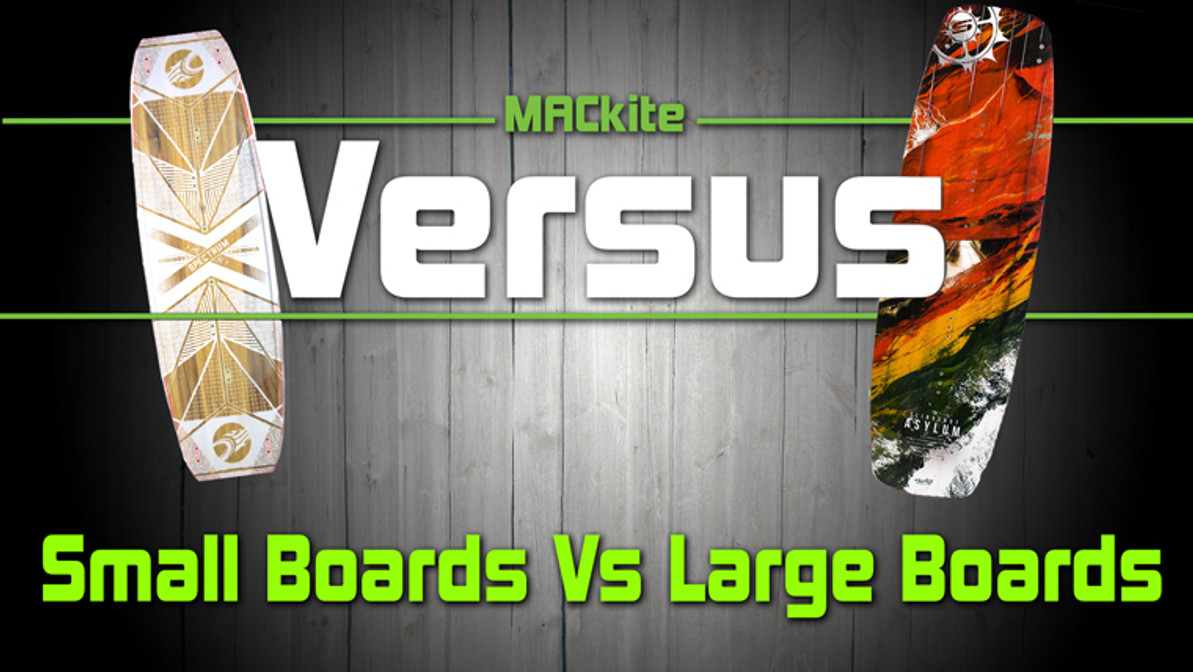Kiteboards: Small Vs Large - Versus w/Rygo Ep 08
The last few weeks, I’ve been experimenting with topics deviating away from kite comparisons but I haven't forgotten that they are they bread and butter of our Versus series. It’s been quite busy around here, with that said, I’m making a point to get ahead on these videos. On top of that, I’m trying to escape the cold and log as many hours as possible on all the gear we carry so I can produce these for you guys.
Next week, I’ll be heading down to Mexico to start filming for a Kiteboarding travel guide called Destinations. Destinations will be the second season of what was Chasing the Dream with Crystal Veness however, We’re making it more about the locations, the locals and ideally providing you guys with the need to know information when planning your next kite trip.
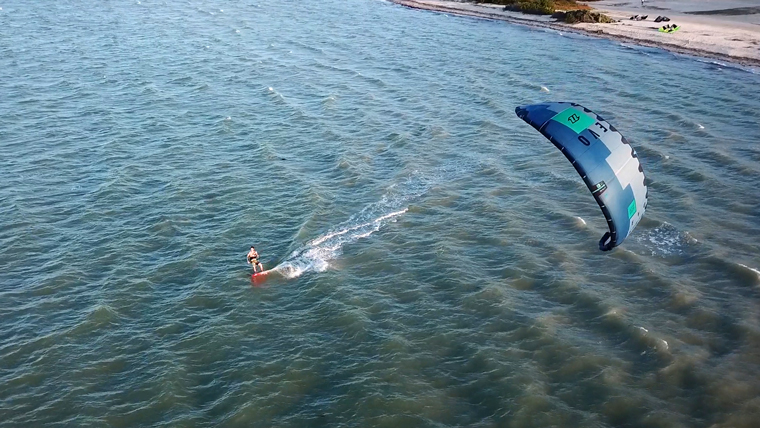
Testing some boards at Yuckite in Progreso Mexico
Small boards Vs large boards
If you’ve been kiteboarding for a while, chances are you started on a smaller board. In 2017 the industry has trended towards larger boards. So is this just hype or here to stay?
10 years ago if you learned on a smaller board, it was for good reason. Kites haven’t always had the de-power that they do now. A lot of kite control started with the board, this is still the case with more aggressive kites like C-kites or even performances kites like the Dice and the Fx.
While these kites have much more de-power than their predecessors. Much of the kite control is still depended on the board. Conversely, this is much less consequential on freeride kites.
To new riders, I highly recommend a bigger board for the ease of use. To the experienced riders out there looking for a new board, I would say, don’t be afraid to go a little bigger. There are a lot of advantages going with a bigger board. If you’re paying attention to our industry and similar board sports like wakeboarding and cable boarding, you’ll see this is a common trend across the board.

Blake Olsen rides the Key West backcountry
So what do you get out of a bigger board?
For starters, it’s going to have more planeability. What that means is with a larger surface area, you’ll be able to get up on the board with less power from the kite. It’s also really nice on those gusty days with holes in the wind.
Opting for a larger board helps power you through the holes in the wind. I’ve also found going for a larger board with a little more rocker makes for softer landings without sacrificing much pop. We’ll talk about rocker more in the next video.
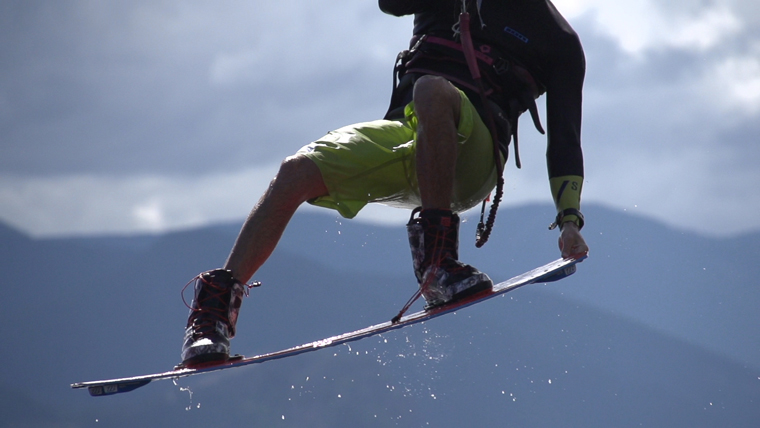
A bigger board is helpful for getting extra air. Rider - MAC Skaggs
What about smaller boards?
Some people still prefer smaller boards because they are lighter and you can go out a little overpowered with your kite. You know what, I totally get that. To give you perspective, at 175 pounds, I choose to ride anything from 140 cm to 144 depending how much rocker the board has. I also tend to favor boards that are a bit wider.
When I learned, I actually learned on a 135 cm. That’s a pretty big difference in boards and when I did ride smaller boards, I loved having my kite powered up as much as possible. You actually almost have to if you want to get any air or pop.
Now, what I realized is when opting for a bigger board, I had to change the way that I rode a little bit, but for the better. This is when I first learned about using board speed and technique for popping and boosting. The benefit for using a larger board is that you can ride a little underpowered and frankly, learning new tricks doesn't hurt near as bad when you're not lit up all the time.
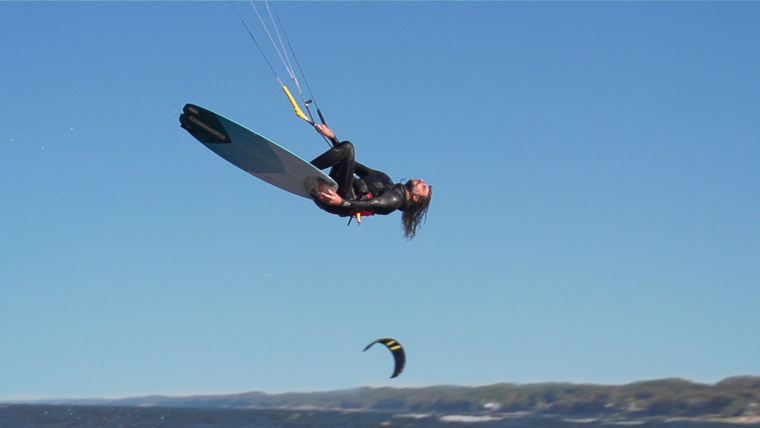
Smaller boards lend to a different feel and style. Rider - MACkite team rider Marc Hoeskema
Whats better?
So to this, I would say each to their own. Riding juiced up on a smaller board makes for it’s own unique style, while riding a larger board and using a smaller kite makes for easier progression and softer falls albeit, it will take you a few sessions to learn how to ride underpowered.
What is an appropriate board size for you?
It comes down to rider weight and you’ll want to consider the stance width as well. Opt for a board where you can stand comfortably with your feet in line with your shoulders or ideally just a bit wider
Check out this kiteboard size chart
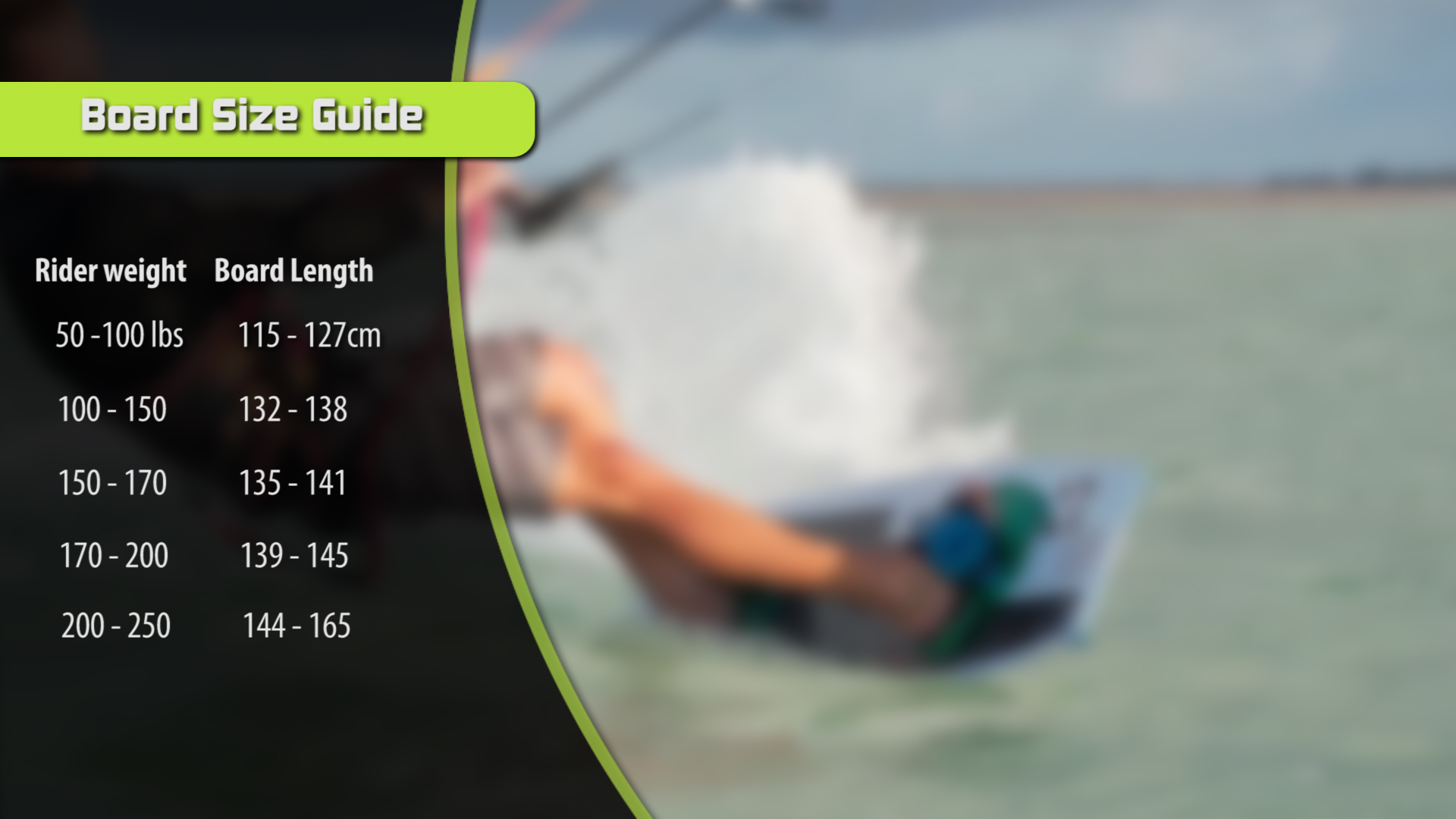
Regarding stance & set sup, check out this great video Blake filmed about setting up your stance.
If you haven't yet, check out Blake's Vlogs! Helping him build these has helped me become a better kiteboarder!
So that’s it for this week. Next Wednesday we’ll talk about flat boards vs Rockered boards and the following week we'll cover construction basics like carbon, wood or the other various materials used and how they impact your ride.
As always please let us know your thoughts on this subject. Let's do a survey, on YouTube, comment what size board you use, how much you weigh and the size kites you pair it with. That way people doing research on boards can hear not only what I had to say, but what you had to say.
If you have any questions, give us a call - 800 622 4655
Or hit us up on our live chat:
https://messenger.providesupport.com/messenger/mac...
 Ryan (Rygo) Goloversic
Ryan (Rygo) Goloversic
Many people dream of quitting their job, traveling theworldandpursuing their passions. Rygo is one of those people. About eight years into a postal career, he decided to change everything and travel as a freelance videographer & writer. This took him from coast to coast and a variety of countries. Nowadays you can catch him on the phones, doing lessons, or working on videos. Of course, he still makes a point to travel as often as possible. He is passionate about helping people and sharing the stoke with his customers and students alike.
Recent Posts
-
Code S Series vs. Code R Series Foils | Which One Is Right for You?
Welcome to Foil Fridays with Tucker! Today, Tucker introduces Code Foils, and-...Wait, MORE …1st May 2024 -
Big Air Kite Test - Harlem Force / North Orbit Pro / Duotone Evo D/Lab / Cabrinha Nitro v2
Today's big air kite review from Jason focuses on the Harlem Force, comparing it to the Nort …30th Apr 2024 -
Kitesurf Control Bar Review | North Navigator Pro / Duotone Trust / Core Sensor 3 Pro
Jason is an excellent reviewer of kiteboarding gear, limited only by what he's able to ge …29th Apr 2024

